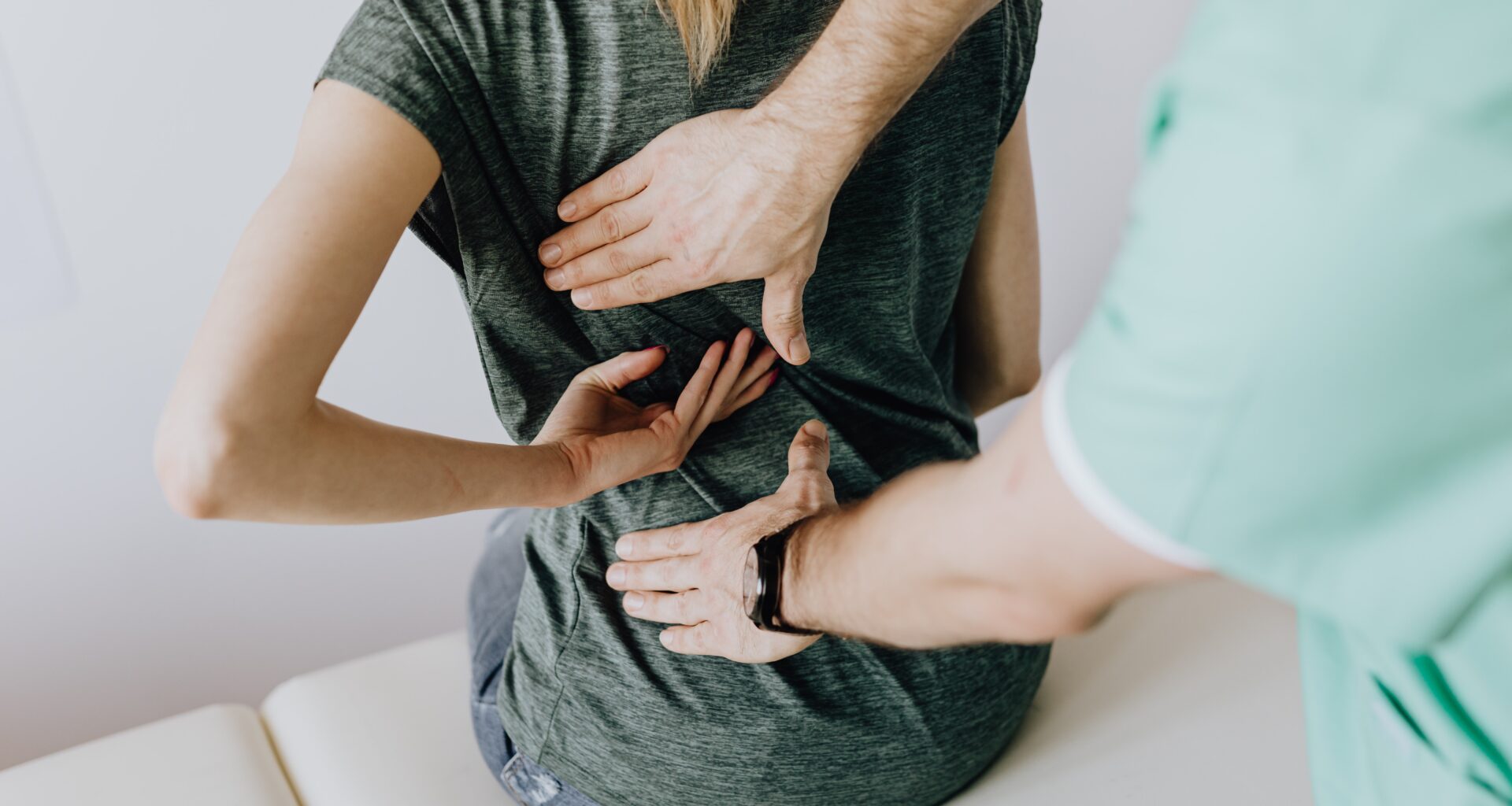When it comes to pain relief, you can find many solutions at home. Over-the-counter pain relievers, exercise, and hot and cold therapy are a few common treatments. However, there are also some natural remedies available. This article will provide you with some information about some of the more effective and free ways to deal with joint and muscle pain.
Natural Treatments
If you suffer from joint pain, there are natural treatments you can try. For example, you can try applying an ice pack every day to reduce the swelling. You can also use essential oils, such as eucalyptus and peppermint, to reduce the discomfort. These essential oils have anti-inflammatory effects and can also help you to avoid fluid retention.
You can also consider using supplements to reduce the pain or taking a salt bath. A combination of these natural treatments can greatly reduce joint pain. It’s important to consider your lifestyle when choosing a treatment. You’ll want to make sure it’s one you can stick with.
Exercise
There are many benefits of exercising, including the reduction of joint and muscle pain. Moreover, it boosts the production of endorphins, which improve mood and allow people to cope with pain. Exercise is also good for people who suffer from arthritis, a common ailment.
Many exercises are modified for those with joint pain. For example, planks with hands on the ground can be modified to alleviate pressure on the shoulders and wrists. You can also use props to keep pressure off your joints, such as yoga blocks under your hands when doing pushups. Shifting your weight from aching joints can also help you to improve the quality of your life.
Over-The-Counter Pain Relievers
Over-the-counter (OTC) pain relievers for muscle & joint problems can help you relieve pain in different ways. For instance, NSAIDs can be helpful for minor aches and pains. However, if your pain is ongoing or involves swelling, you may want to consult your doctor. He or she may prescribe a different medication or suggest other treatments.
If you have muscle or joint pain, over-the-counter pain relievers can help you get through the day. However, you shouldn’t rely on these pain relievers for long-term use, as they may interfere with other drugs. Your doctor can confirm the interactions of different medications and provide you with the most appropriate treatment. It’s also better to see a doctor for joint pain. If you have a chronic pain problem, the best place to start is with a specialist.
Hot And Cold Therapy
Using hot and cold therapies can help relieve muscle and joint pain, and they are effective for some conditions. The cold helps to reduce inflammation, while the heat promotes blood flow and relaxes muscles. This therapy is especially effective when used on a new injury, as it can help to reduce pain, inflammation, and spasms.
A cold compress on the injured area is a powerful pain reliever. Cold compresses can also help to reduce tenderness and swelling. When combined with massage, these therapies can be very effective.
Diet
An anti-inflammatory diet can ease joint pain and relax sore muscles. Using this approach will also help you address underlying health problems. If you have a chronic case of joint pain, working with a functionally trained dietitian can help you formulate a diet that addresses both your symptoms and the cause of the pain.
Fruit and veg are packed with antioxidants, which protect joints from the damaging effects of inflammation. They also contain other nutrients that are necessary for general well-being. The right diet can also help you lose weight in a safe manner. However, losing weight should be done at a sensible pace. Rapid weight loss can increase your uric acid levels.
Medications
Medications for muscle and joint pain come in a variety of forms. Some are over-the-counter and can be very effective in the treatment of mild to moderate pain. Others can be prescribed by your healthcare provider. Your healthcare provider may also recommend using ice or heat on the affected area, or elevating the joint above your heart. A healthcare provider can also recommend appropriate exercise programs for you.
Muscle pain is often caused by overuse. It can affect the knee, shoulder, elbow, or hip. In some cases, the pain is caused by a viral infection. It may also be accompanied by a rash or fever. Another type of joint pain is tendinitis, an inflammation of the tendons that connect bone and muscle. Tendinitis can signal problems that require prescription medications or surgery.
Also Read: Simple Exercises to Tone Your Whole Body
Conclusion
One of the most popular methods for relieving muscle pain is massage therapy. Massage has been shown to improve circulation, which helps reduce inflammation and speeds up healing time. It also feels amazing, so it’s a win-win situation! There are several types of massage that you can try depending on your preference: Swedish massage is the most common type; it uses long strokes to relax the muscles. Deep tissue massage is good for targeting knots or areas of tension; it can be a bit more painful than Swedish massage but is very effective at releasing tension.








